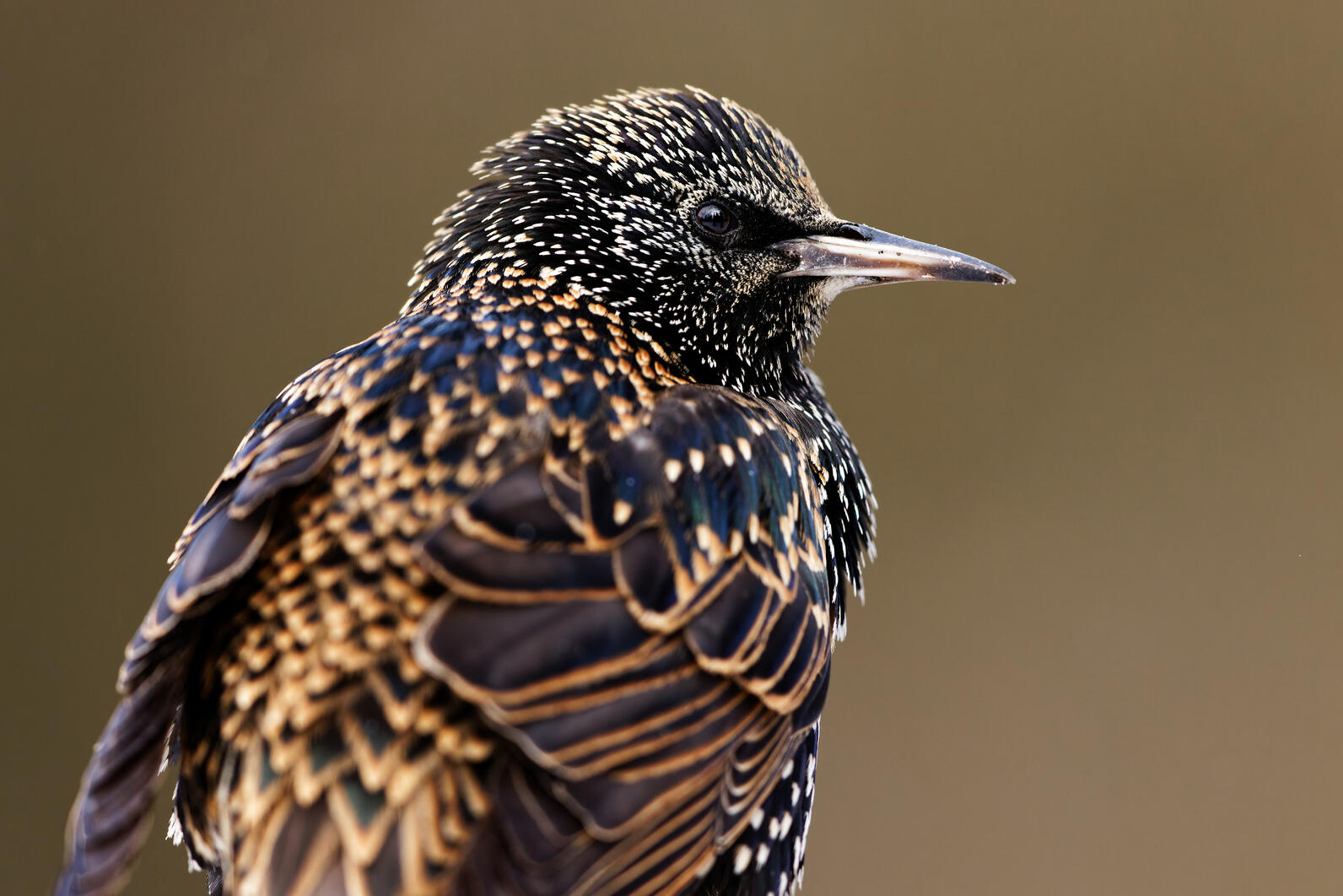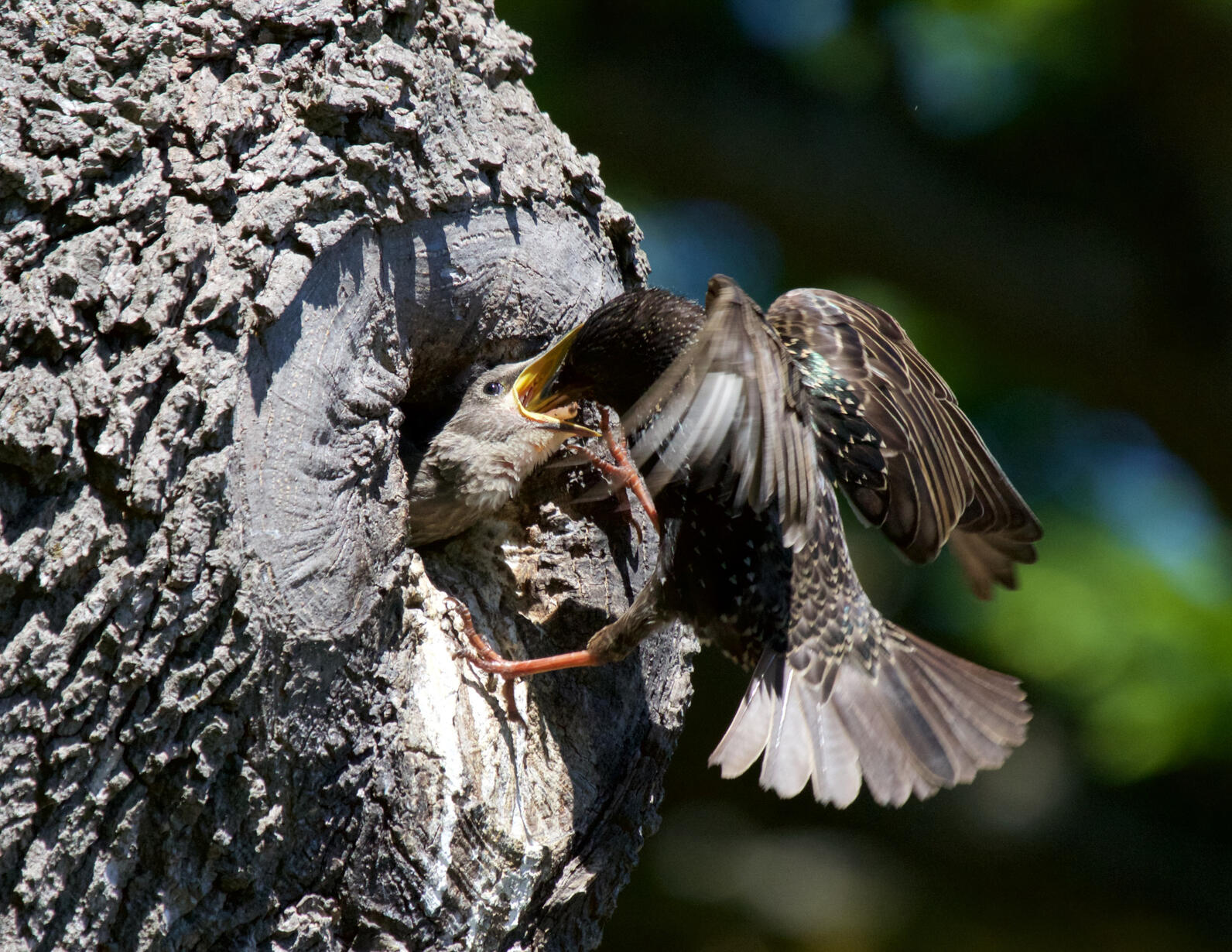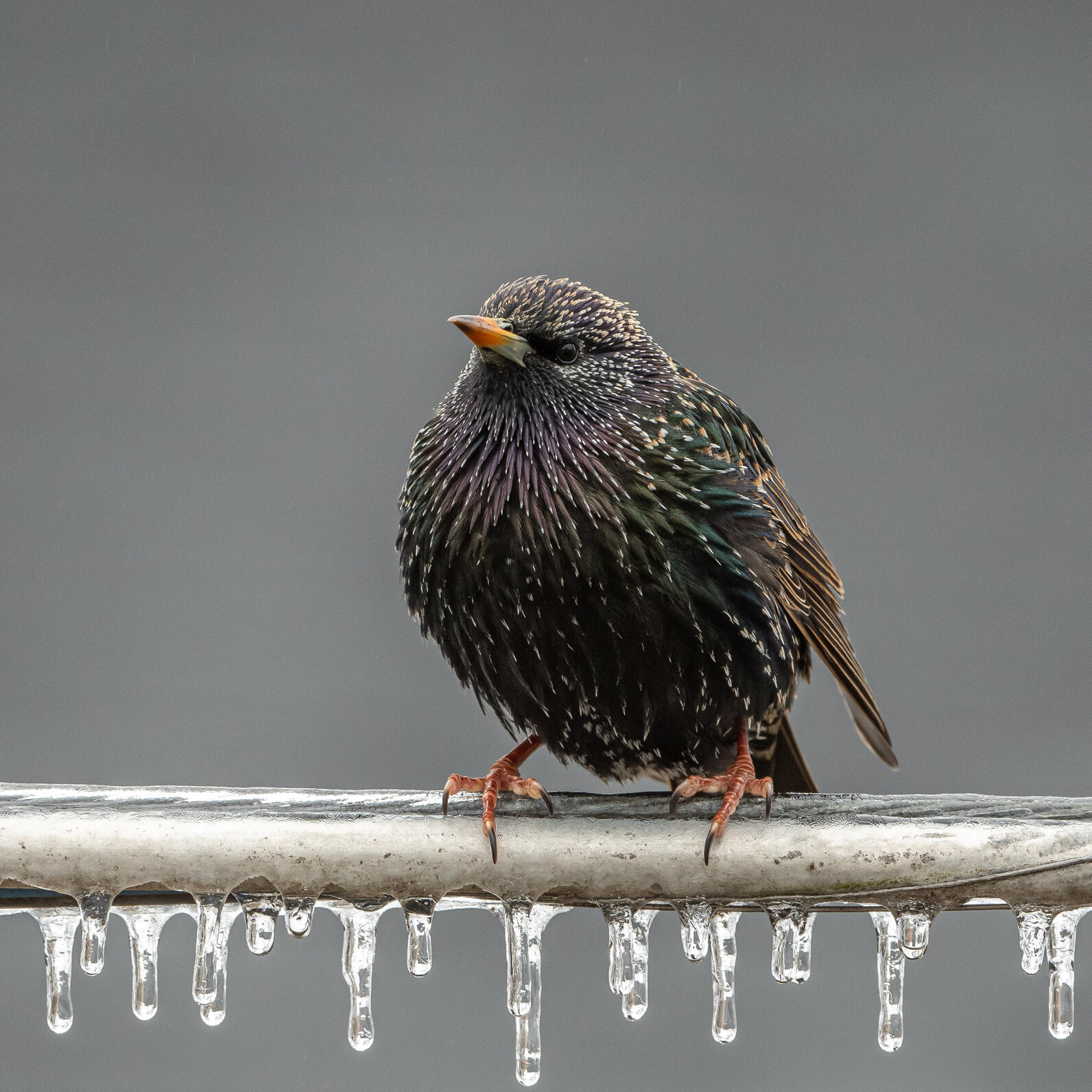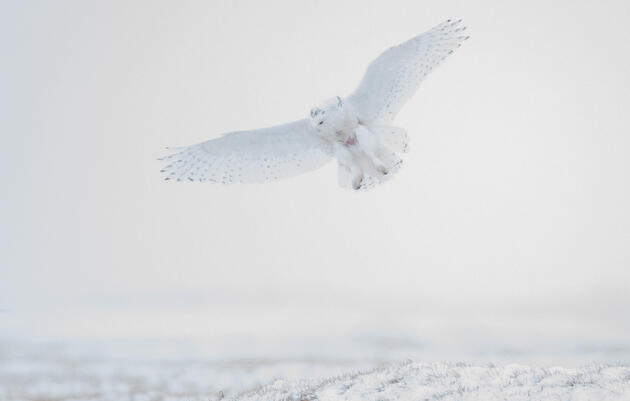
A recent cover study of the journal Science strengthens the conclusion that bird species that are complex vocal learners are better at cognitive tasks. What that means is, birds who can call, sing, and mimic at impressive levels are super smart—especially the European Starling. And while that’s cool for science, that might not be cool for people who enjoy the company of Alaska’s native birds and consider the invasive European Starling a major pest.
In “Songbird species that display more-complex vocal learning are better problem-solvers and have larger brains,” the authors tested 214 individuals from 23 species consisting of 21 wild-caught and two domesticated species. Of the 23 species, 21 were vocal-learning songbirds, and two were vocal nonlearning species. The authors measured the birds’ vocal complexity by analyzing three abilities—”the diversity of songs and calls in the bird’s repertoire, the bird’s ability to continue learning new vocalizations throughout its lifespan, and its skill in mimicking other species,” according to SciTechDaily.
The cognitive tests were custom-built for some species and involved heavy looks at self-control and problem-solving tasks. Think pulling out a cork, piercing foil, or removing a lid in order to get at a treat. One big takeaway was that European Starlings, and other intricate vocal learners, are superior problem solvers.
We’ve kind of always known Starlings are smart. This study just proves the correlation.
“There is a long-standing hypothesis that only the most intelligent animals are capable of complex vocal learning,” says ecologist and neurobiologist Jean-Nicolas Audet in a press release. He’s a co-author of the study and a research associate in the laboratory of Erich Jarvis at Rockefeller University. “If that is true, then complex vocal learners should also be better at cognitive tasks, but no one had ever demonstrated that before.”
And we’ve always known about their vocal skills.
According to the National Audubon Society’s Field Guide notes on the species, Starlings gather in large flocks in fall and winter, but when those “murmurs” break up for the breeding season, males start showing off their mimicry skills. They can do perfect imitations of other birds—up to 20 species according to The Cornell Lab.
But while the European Starling is being celebrated as a genius all over the internet, these findings could spell trouble for residents of Anchorage trying to deter Starlings from their feeders, yards, and lives. That’s because their numbers have increased dramatically in the past decade-plus. In fact, the European Starling is one of the most invasive birds in North American history, with its population being more than 200 million.
Just 80 (or was it 60, or 100) of them were first released by the American Acclimatization Society in New York City in 1890. These folks were essentially Shakespeare nerds who wanted to introduce all the bird species mentioned in Bill’s plays to North America. For them, the European Starling must have been an iridescent angel. And sure, you could admire them for their adaptability, toughness, and now-proven intelligence, but for many birders, “they’re loud and annoying, and they’re everywhere,” or so goes a rant on the species in Audubon Magazine.
Sightings of European Starlings were first recorded in Fairbanks in 1960 according to a column in Anchorage Daily News by super-Alaskan John Schandelmeier. By the mid-70s, Delta Junction was reporting flocks just southeast of town. Recounts differ on exactly when they started appearing in Anchorage, but in recent years, many Anchoragites have been prompted to contact Audubon Alaska and the Anchorage Audubon Society to complain.
“We get a decent number of questions about Starlings both through email and in person at our monthly meetings,” says Mr. Whitekeys, president of Anchorage Audubon Society. “The only tips we can give are to ’try to kill ‘em if you can,” but there’s really no effective way to do that.”

Yes, kill. Because all cheeky Starling slamming aside, they can be a serious threat to other species. The Starlings are fierce competitors for nesting sites, and famously push out native cavity nesters like bluebirds, owls, and woodpeckers—among other species.
What’s more, to harken back to the Audubon Magazine moan session, “Large flocks can damage crops, and their waste can spread invasive seeds and transmit disease. Farmers hate them so much that they’ve developed all manner of strategies to keep them away from farms, from special nets to covering fruit trees, to gas-operated ‘exploders’ to scare birds away, even a poison called Starlicide.”
Riley Woodford, Information Officer in the Division of Wildlife Conservation at the Alaska Department of Fish and Game, says the state classifies Starlings as “deleterious exotic wildlife.”
In Homer, the ADF&G stepped in to trap and euthanize a flock of Starlings in 2016 before their numbers grew, but no such efforts have been made by the agency in Anchorage. However, “they are not protected and there is no closed season and no bag limit,” as Woodford puts it.
The Anchorage Audubon Society did buy a giant Starling trap about 25 years ago but the process required a full-time person or team to maintain it. Eventually, someone at the Bird Treatment & Learning Center tried to use it to trap Starlings to feed her rescued American Kestrel. But “It turned out that the Kestrel didn’t really like Starlings for dinner so it’s been unused since then,” says Whitekeys. “We’ve offered the trap to many people, but no one wants to take on a full-time new life in the Starling business.”
Nowadays, Starlings taunt their haters from seemingly everywhere, including parking lots and power lines, building nooks, street gutters, and their obvious nests in Anchorage traffic lights.
In the aforementioned column, Schandelmeier suggests screening the tops of Anchorage stoplights. Jim Johnson, a wildlife biologist and the Alaska Landbird Coordinator with the United States Fish & Wildlife Service, agrees by email.
“[Alaska Department of Transportation] could retrofit traffic lights so that Starlings can't nest and roost in them. I see many Starlings enter the large overhanging traffic lights all year. They are obviously suitable nesting substrates … Plug those holes!”
But, Johnson warns, that could just make things worse. “How lousy would it be if when light poles are removed, Starlings move to nest boxes?” he says.
However, Anchorage residents can combat this chattering invader at the nest box level and in their yards.

Katherine (Katie) Christie, ADF&G’s regional biologist for southcentral and southwestern Alaska, has some tips at the ready. For those with nesting boxes on their property, ensure the slot hole measures less than 1.5 inches in diameter and be diligent about removing any Starling nests or eggs when found. You can also “Starling proof” your feeders. Get caged or weight-sensitive bird feeders that would be good for small songbirds but not so much Starlings. In the feeders, add striped sunflower, safflower, peanuts in the shell, nyjer or thistle seeds, and black-oil sunflower seeds—all inedible or unappealing to Starlings. Avoid cracked corn, sunflower kernels or chips, shelled peanuts, millet, mealworms, suet with corn, nuts and seeds, and bread. Finally, upside-down suet feeders are great for woodpeckers, and Starlings tend to sidestep them.
As for other tips, normal Alaska rules apply. Dispose of your garbage responsibly. Remove fallen fruit. Ensure your pet food or compost is inaccessible to outdoor critters. And of course, bring in your feeders from April through October. Additionally, you can seal openings like vents, eaves, and crevices around your home and outbuildings.
Thinking back to the Science study, one has to wonder: Are Starlings being such good problem solvers the reason why they’ve taken over as North America’s most populous avian species?
David Krause, Interim Executive Director at Audubon Alaska, has a thought.
“A variety of factors and feedback have likely contributed to Starlings' success in North America,” he says. “While this recent study speaks to advantageous cognitive abilities, other research, for example, has demonstrated rapid adaptation at the genetic level. It's a complex story involving the birds and the various habitats they utilize.”
In that case, perhaps another study is in order.








